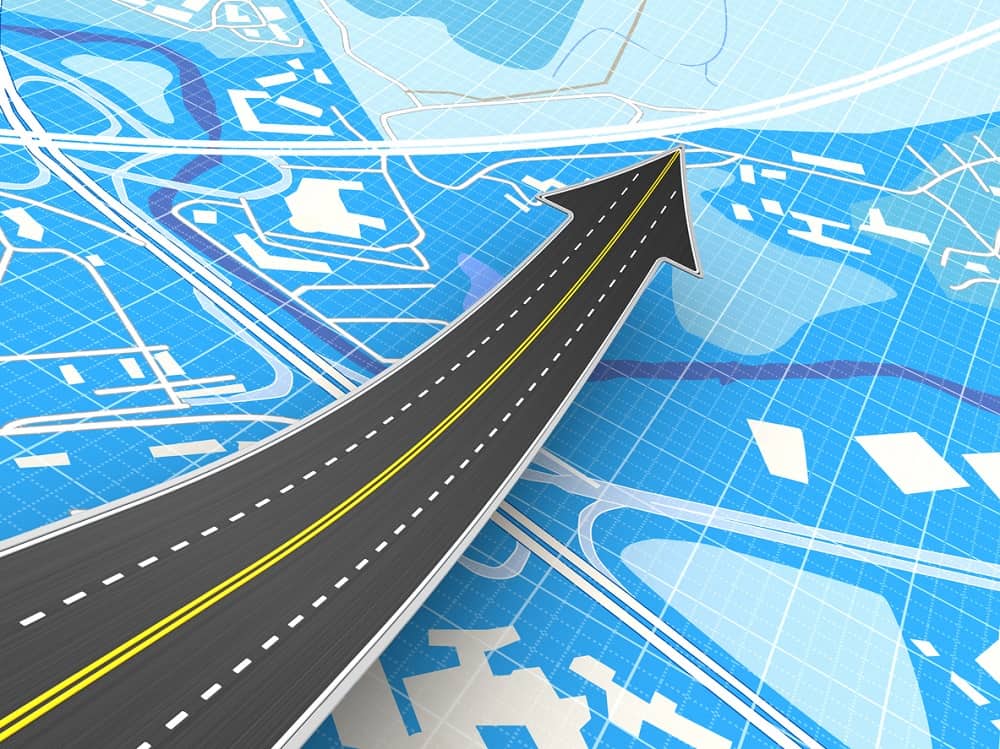The key correspondence comes from December 28, 2020, between Tesla’s associate general counsel Eric C. Williams and California DMV’s chief of the autonomous vehicles branch, Miguel D. Acosta. A letter details the capabilities of both Autopilot and FSD: “Currently neither Autopilot nor FSD Capability is an autonomous system, and currently no comprising feature, whether singularly or collectively, is autonomous or makes our vehicles autonomous,” Williams states.
Williams continues in his letter to the California DMV, “As you know, Autopilot is an optional suite of driver-assistance features that are representative of SAE Level 2 automation (SAE L2). Features that comprise Autopilot are traffic-aware cruise control and autosteer. Full Self-Driving (FSD) capability is an additional optional suite of features that builds from Autopilot and is also representative of SAE L2.”




